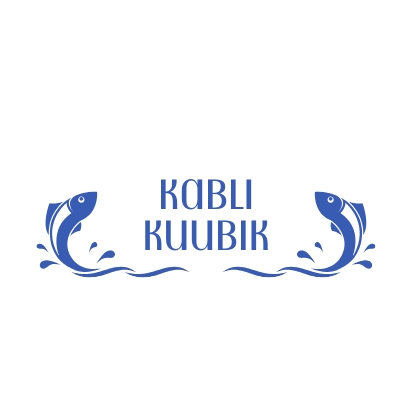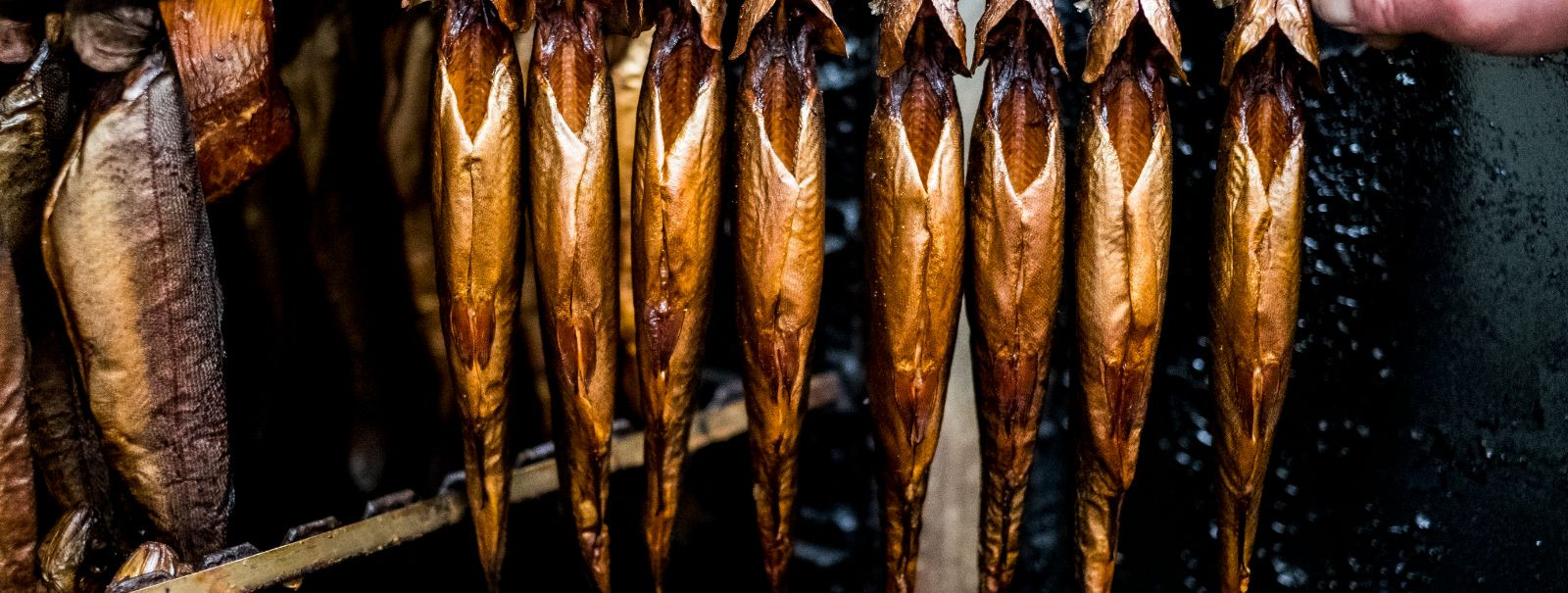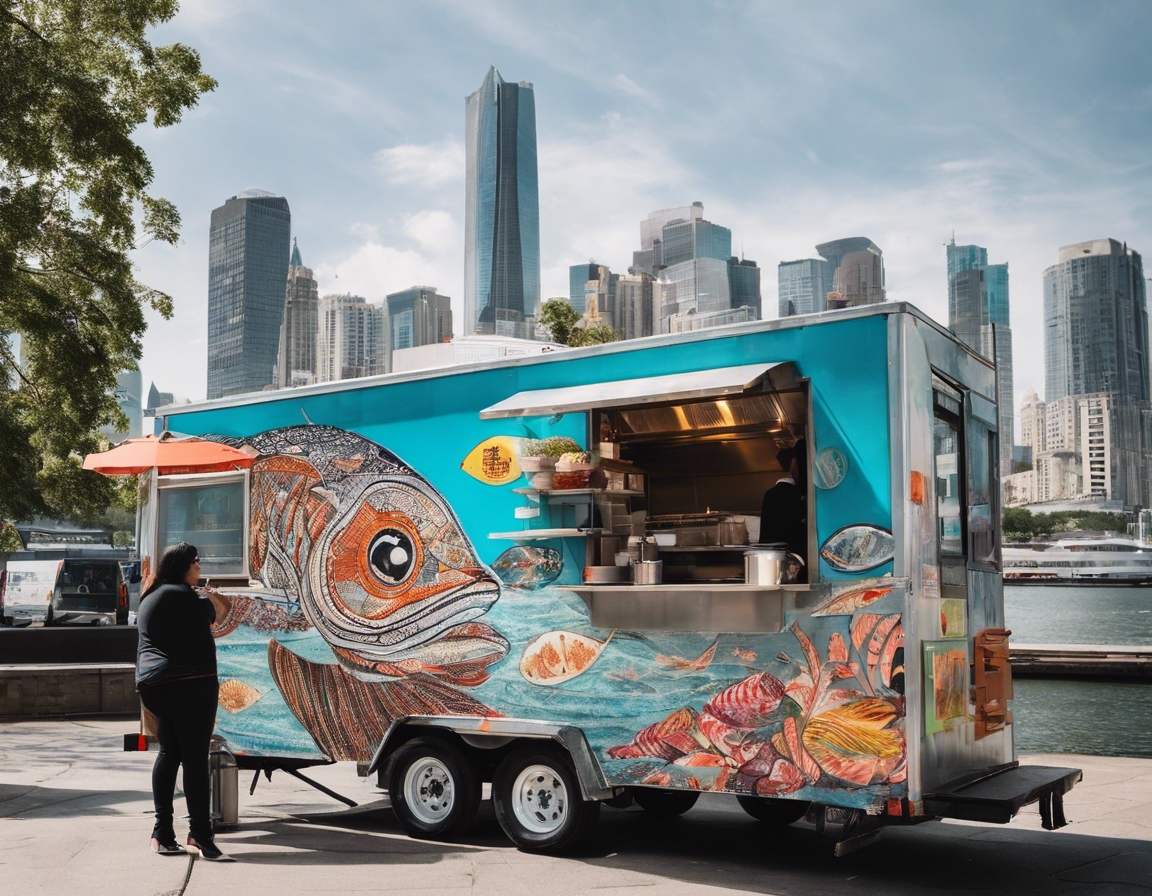Sustainable seafood: why it matters and how we do it
In recent years, the concept of sustainable seafood has gained significant traction among environmentally conscious consumers and businesses alike. As the demand for seafood continues to rise, it becomes increasingly important to ensure that our oceans and marine life are protected for future generations. Sustainable seafood refers to fish and shellfish that are caught or farmed in ways that consider the long-term vitality of harvested species and the well-being of the oceans.
The Importance of Sustainable Seafood
Overfishing and destructive fishing practices have led to the depletion of fish stocks and the degradation of marine ecosystems. Sustainable seafood practices aim to mitigate these impacts by promoting responsible fishing methods that maintain healthy fish populations and protect habitats. By choosing sustainable seafood, we contribute to the preservation of biodiversity and the health of our oceans.
Sustainable seafood is not only beneficial for the environment but also for the economy. By supporting sustainable fisheries, we help ensure the livelihoods of fishing communities and promote economic stability. Sustainable practices often lead to higher quality products, which can command premium prices and open up new markets for responsible producers.
Seafood is a vital source of nutrients, including omega-3 fatty acids, vitamins, and minerals. Sustainable seafood practices ensure that the seafood we consume is safe and healthy, free from harmful chemicals and pollutants. By prioritizing sustainability, we can enjoy the health benefits of seafood without compromising the well-being of our planet.
How We Ensure Sustainability at JAPIKREETA OÜ
At JAPIKREETA OÜ, we are committed to sourcing our seafood from suppliers who adhere to sustainable practices. We carefully select partners who prioritize the health of marine ecosystems and the responsible management of fish stocks. Our rigorous sourcing standards ensure that our products are both high-quality and environmentally friendly.
We collaborate with fisheries that are certified by reputable organizations such as the Marine Stewardship Council (MSC) and the Aquaculture Stewardship Council (ASC). These certifications guarantee that the seafood is sourced from well-managed fisheries and farms that minimize environmental impact and promote social responsibility.
Transparency is a cornerstone of our sustainability efforts. We provide our customers with detailed information about the origin of our seafood products, including the fishing methods used and the sustainability certifications obtained. This traceability allows consumers to make informed choices and trust in the quality and sustainability of our offerings.
We continuously seek innovative solutions to enhance our sustainability efforts. From adopting new technologies that reduce bycatch to exploring alternative feed sources in aquaculture, we are committed to staying at the forefront of sustainable seafood practices. Our dedication to innovation ensures that we can offer our customers the best possible products while minimizing our environmental footprint.
The Role of Consumers in Supporting Sustainable Seafood
Consumers play a crucial role in driving demand for sustainable seafood. By choosing products that are certified as sustainable, consumers can support responsible fisheries and encourage the adoption of environmentally friendly practices across the industry. Educating oneself about the different sustainability certifications and labels is an important step in making informed purchasing decisions.
Supporting local and sustainable brands like JAPIKREETA OÜ helps promote responsible seafood practices and strengthens local economies. By choosing to buy from companies that prioritize sustainability, consumers can contribute to the growth of a market that values environmental stewardship and high-quality products.
Reducing food waste is an essential aspect of sustainable consumption. By planning meals carefully, storing seafood properly, and utilizing leftovers creatively, consumers can minimize waste and make the most of their seafood purchases. Additionally, supporting conservation efforts and advocating for policies that protect marine environments can further enhance the impact of individual actions.






Comments (0)